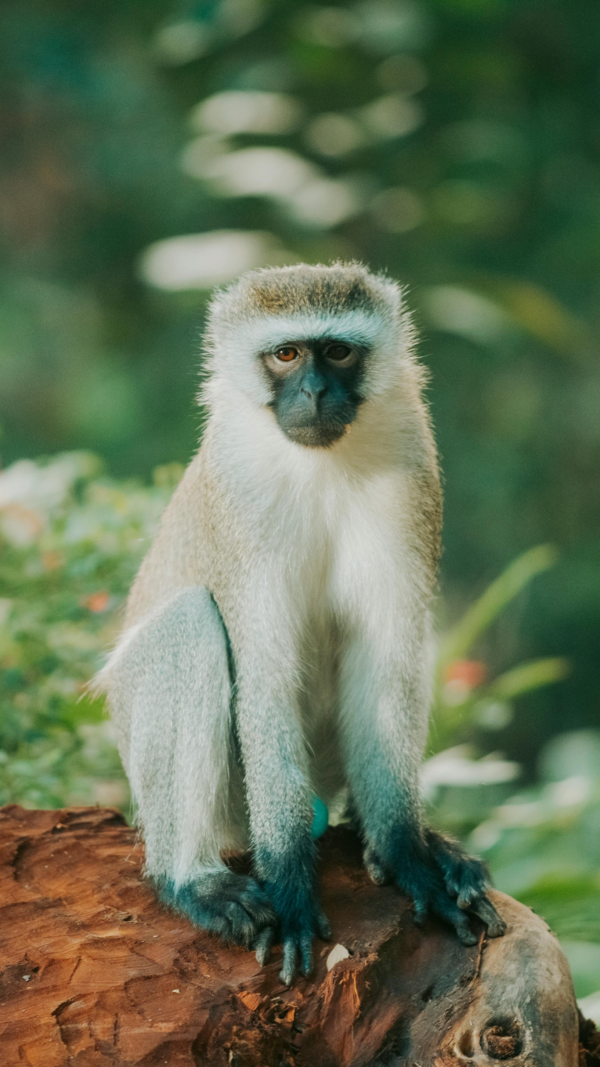Ancient snake as long as a train found in Gujarat – is this the real Vasuki?

Ancient snake as long as a train found in Gujarat
Indian scientists have made a major discovery– fossil remains of a giant prehistoric snake species that once lived in what's now Gujarat. Named Vasuki indicus, this ancient snake is believed to have lived around 47 million years ago and could have grown as long as 11 to over 15 metres, making it one of the longest snakes ever found in the world.
The discovery was made by researchers at IIT Roorkee and published in Scientific Reports, as mentioned in a report presented by the Economic Times. It not only highlights a fascinating part of India’s ancient past but also gives scientists a better understanding of how the Earth’s climate and geography shaped ecosystems millions of years ago.
Note: he images used in this article have been generated using Canva AI and are intended for illustrative purposes only.

Discovered in a coal mine, decoded years later
The fossil remains– 27 backbone bones in total– were actually found back in 2005 during coal mining in Gujarat’s Kutch region, as per the report. At first, scientists thought the bones were from a large sea reptile. But after years of careful study, they discovered that the bones belonged to a huge land-dwelling snake instead. The shape of the bones showed that this snake had a thick, round body, likely making it much heavier and bulkier than today’s pythons or anacondas.

Longer than a cricket pitch
Based on the fossil bones, scientists estimate that Vasuki indicus was about 10.9 to 15.2 meters long– roughly the length of a cricket pitch or a railway coach, media report suggests. To compare, the green anaconda, the biggest snake alive today, usually grows only up to 6 to 7 metres in the wild. With its massive size, Vasuki comes close to Titanoboa, the largest snake ever found, which lived in present-day Colombia and measured around 13 metres.

Warm weather may have boosted growth
Scientists say the unusually warm climate of that era likely played a key role in the snake’s massive growth. Since snakes are cold-blooded, their size and metabolism are heavily influenced by external temperatures. “Their internal body temperature fluctuates with the ambient temperature of the environment,” the authors said, as quoted by ET. “So, higher ambient temperatures would have increased the internal body temperature and metabolic rate of Vasuki, which in turn would have allowed it to grow so large.”

A ground-based predator, not a swimmer
Unlike Titanoboa, which lived in water, Vasuki is believed to have been a slow-moving land predator. Its backbone structure suggests it mostly lived on land and likely used its strong body to ambush and squeeze its prey, similar to how today’s pythons or boas hunt. While scientists aren’t sure what exactly it ate, the area where Vasuki’s fossils were found also had remains of other animals– offering some hints about its possible prey. “We cannot say precisely what sort of animals Vasuki ate,” the researchers stated, as quoted by ET. “Associated fossils collected from the rocks that yielded Vasuki include ray fish, bony fish (catfish), turtles, crocodilians, and even primitive whales. Vasuki may have preyed upon some of these.”

Rooted in mythology, backed by science
The snake has been named Vasuki indicus, after Vasuki, the legendary serpent from Hindu mythology who is often shown wrapped around Lord Shiva. While the name carries a symbolic meaning, the discovery itself is based on solid fossil evidence and scientific research. This rare find not only highlights India’s rich prehistoric past but also shows how climate, geography, and evolution shaped life on Earth millions of years ago.








